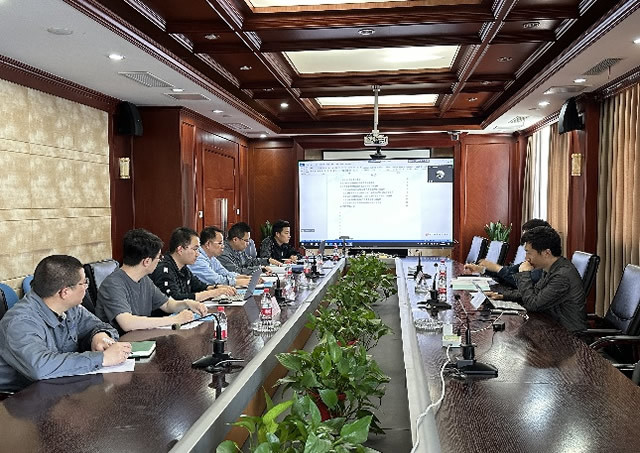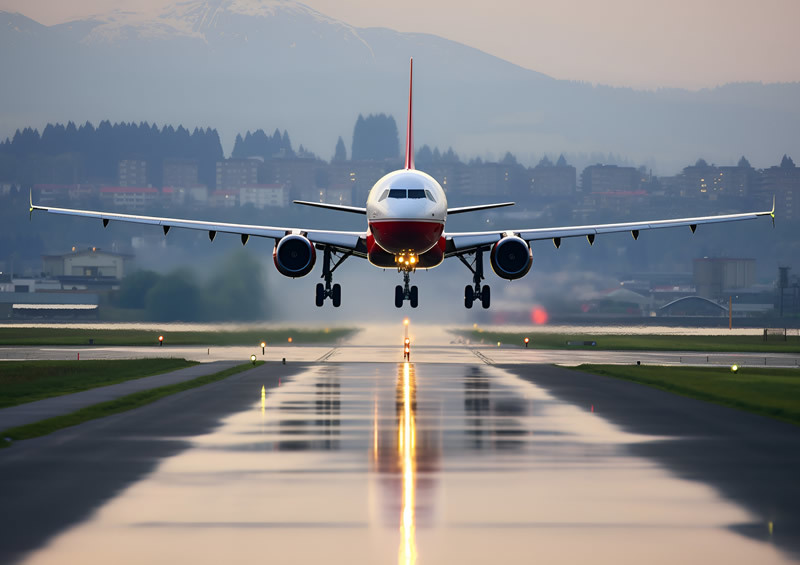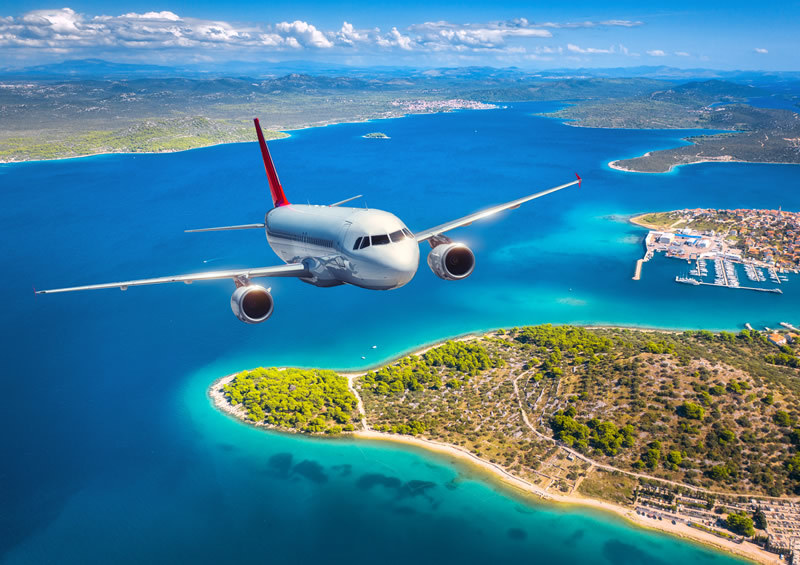The ‘intelligence’ in an aeroplane seat.
Release time:
2024-06-05
Aircraft seats undergo extensive testing before they are used, and dynamic testing is one of the key elements.

Aircraft seats undergo extensive testing before they are used, and dynamic testing is one of the key elements.
The concept of dynamic testing is similar to that of the automotive industry in that the limits of what the human body can withstand are also considered.
The safety of aircraft seats is also reflected in their flame retardancy.
● Nowadays, the comfort and intelligence of seats are being gradually improved in the context of safety.
A passenger's impression of a particular aircraft depends to a large extent on how he or she feels about the cabin and its facilities, of which the aircraft seat is an important one. For this reason, aircraft manufacturers and airlines have put a lot of effort into designing and developing aircraft seats that are also full of intelligence.
As one of the most important components of an aircraft cabin, safety naturally comes first. Aircraft seats have to meet certain safety standards and have certain protective features. In order to make the seat meet the requirements of the aircraft manufacturer and comply with the Bureau of Certification standards, aircraft seat manufacturers will conduct a large number of tests on their products, including static, cyclic, dynamic and fire resistance tests. The most representative of these tests is dynamic testing.
Dynamic testing is an important step in ensuring the safety of passengers on board an aircraft and compliance with the highest standards set by the Bureau, and the results of this testing have a direct impact on whether or not an aircraft seat can be approved for use. These tests are similar to crash tests in the automotive industry. As an example, Safran AeroSeat was able to propel an aircraft seat carrying a dummy at a speed of 46 kilometres per hour using ejectors with different deceleration levels - 9g (gravity unit), 14g, 16g, 18.4g and 30g.
To fulfil the test requirements, Safran AeroSeat also carries out a number of post-test checks on the seat. Firstly, it must be sure that it is not damaged in any way. Numerous measurements are taken during and after the test, and the corresponding results must not exceed the maximum deformation tolerance in order to pass the test. Secondly, the dummy is equipped with sensors that must read values below the lethal threshold. These tests are also based on the same concepts as those used in the automotive industry, as they are fundamentally related to the limits of what the human body can withstand. For example, the HIC (Head Injury Criteria) value must be less than 1,000, or, to give a more graphic analogy, a boxer's uppercut has a HIC value of around 500.
Typically, a passenger's head will first contact the back of the seat during a seat certification test and then slide down against the back of the seat, but a defective seating system can cause other injuries.
As we all know, when an aircraft decelerates and lands rapidly, the passenger's body is subjected to great impact forces due to changes in flight acceleration. If the impact force exceeds the human body's tolerance limit, it will cause injury to the human body. At this time, if the impact force on the human body can be transferred to other objects, then it can protect passengers, but does not affect the flight. Therefore, engineers designed energy-absorbing seats to fully protect the safety of passengers. In the structure of the chair legs of the energy-absorbing seat, there is an energy absorber that can be stretched. When the energy absorber is stretched, it can absorb part of the overload transmitted from the seat to the floor, protecting the passengers in the seat.
In addition, the safety of aircraft seats is also reflected in their flame retardancy. In order to prevent the seat from catching fire and endangering the safety of passengers in the event of an aircraft accident, aircraft manufacturers have included flame retardancy as one of the key indicators for judging seats.
Under the premise of ensuring safety, how to make aircraft seats more comfortable has become another issue to consider. Passengers travelling by plane can take as little as a few hours, while long-haul flights can take more than ten hours. Therefore, it is necessary to try to alleviate travellers' fatigue and improve the comfort of the seats through sophisticated design.
The backrest of the aircraft seat should be designed with full consideration of the passenger's sitting position and human body curve, so that it fits the physiological curve of the spine better. In order to increase comfort, aircraft seats can usually be adjusted to a certain angle. Economy class seats have a small adjustable angle due to limited space, while business and first class seats are more comfortable, most of which can be fully reclined, and the space is fully utilised through a variety of scientific arrangements.
As the degree of intelligence in the cabin continues to improve, aircraft seats have also become an important carrier for the display, installed in the seat of the electronic entertainment system is more and more rich, the seat adjustment method is also more intelligent. One company has developed a new concept seat designed to improve the travelling experience for passengers on short- and medium-haul flights. Using an app to analyse data collected by sensors, the smart seats can send messages to passengers to make their flights more comfortable. For example, they are advised to get up and move around the cabin to improve blood circulation or stretch; passengers can also choose specific seat modes, such as massage, sleep or meal, which can be adjusted through the app. (China Civil Aviation News, China Civil Aviation Network Fang Yuan)










